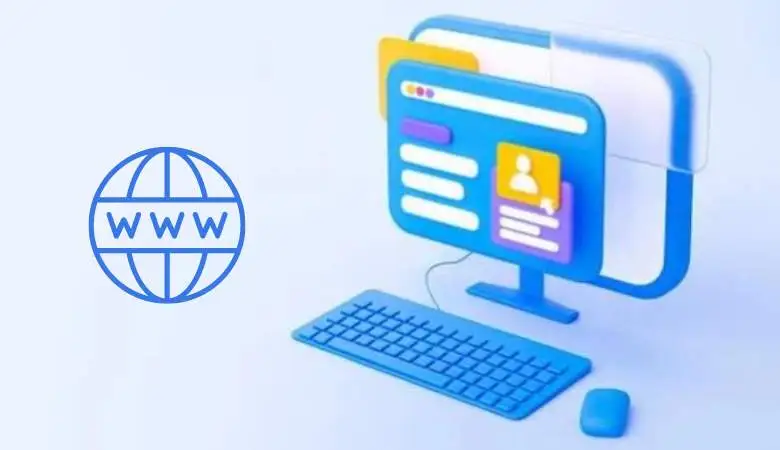Why is Web Accessibility Important to Your Company?
Web accessibility is a characteristic of digital environments and products that contain features and elements that facilitate their use by people with some type of disability. We are talking, for example, about people with visual difficulties, a lower level of hearing or any other kind of limitation, both psychological and physical.
Just as the physical world is becoming increasingly adaptable to people with disabilities (as we can see in the existence of access ramps or traffic lights with sound), the digital world is also breaking down barriers. Your organization can be part of it.
In this article, we explain how you can make your brand’s digital environments more accessible and why it is worth it. By making a website more accessible, you help more people access your products and services, which benefits society your organization and its marketing strategy.
Benefits of web Accessibility
For the users
- Greater inclusion: A web design that people with disabilities can interact with is a design that promotes the participation of these people in digital environments. This prevents them from remaining outside the web world with all the repercussions that this can have on a professional, social and personal level. In short, by enhancing the web accessibility of your brand’s digital environment, you will be helping to ensure that people with disabilities are not left behind.
- Improving the user experience: The modifications you implement in your environment to facilitate web accessibility are not only positive for people with some type of disability but can also be helpful for the entire public. For example, by making the letters more significant, you will also help people who do not see well up close or find it difficult to be precise when pressing buttons on the screen. In short, you will be improving the user experience in general.
- Promotes independence: Web accessibility also allows people with disabilities to be self-sufficient and care for themselves without needing help when they want to enter the digital environment.
For the company
- Good brand image: Consumers increasingly value brands with a purpose and care about more than just selling. In many cases, they choose these instead of the competition. In that sense, we encourage you to not only make your website more accessible but also communicate this in your marketing strategy so that the audience knows about it.
- Reaching new audiences: By making your website more accessible, you will also increase your potential customers by allowing people interested in your brand to access it. This will increase your results.
- Improved SEO Rankings: Search engines like Google reward pages with a good user experience. Therefore, improving it to the maximum will increase your chances of ranking better in the SERP.
4 Principles of web accessibility
Let’s move on to practice. You probably already know you want to promote and implement web accessibility in your company. Still, the problem is that you don’t know where to start.
Something that will help you take the first step is knowing what characteristics a website must meet for it to be considered accessible.
- Perceptible: Your content must be perceived by the largest possible audience. This pillar can be met by including subtitles on videos and images or audio transcription for text content.
- Operable: The user must be able to use the platform as they wish, making it act according to their needs. This principle means that automation in web design is not very beneficial for this purpose. For example, imagine that you implement an image carousel with text on your website that scrolls automatically. This can cause many people (with dyslexia or reading difficulties) to not finish reading the content when it has already passed.
- Understandable: This is an essential element of user experience. It is advisable to include it even if you are not implementing any web accessibility strategy. This pillar indicates that the web design and content must be clear, readable, structured and intuitive. If we focus this on web accessibility, it is interesting that we also avoid technicalities and add some type of guide if necessary. In this way, we can reach people with some kind of intellectual disability or learning difficulty.
- Robust: The elements implemented to make the web more accessible must be viewable from different devices and be compatible with all browsers.
It would help to remember that people with disabilities often use accessibility software and programs. Therefore, your changes must be compatible with these.
These principles do not emerge from nowhere. They have been established by the WAI (Web Accessibility Initiative), an initiative of the WC3 consortium that pursues web accessibility through different initiatives.
Accessibility and usability: are they the same?
Both accessibility and web usability are related terms. Both refer to the facilities that a website presents for use. However, a nuance differentiates them, making them different concepts.
While usability focuses on the general public, accessibility focuses on people with disabilities.
In that sense, when we talk about web usability, we mean creating an easy-to-use and intuitive environment, regardless of each person’s abilities. On the other hand, accessibility refers to eliminating those barriers from web design and user experience that prevent people with skills and limitations from using that environment.
It is also important to know that a website with good usability does not have to be accessible. Therefore, the criteria and foundations of web usability will not help us make our page accessible to people with disabilities.

